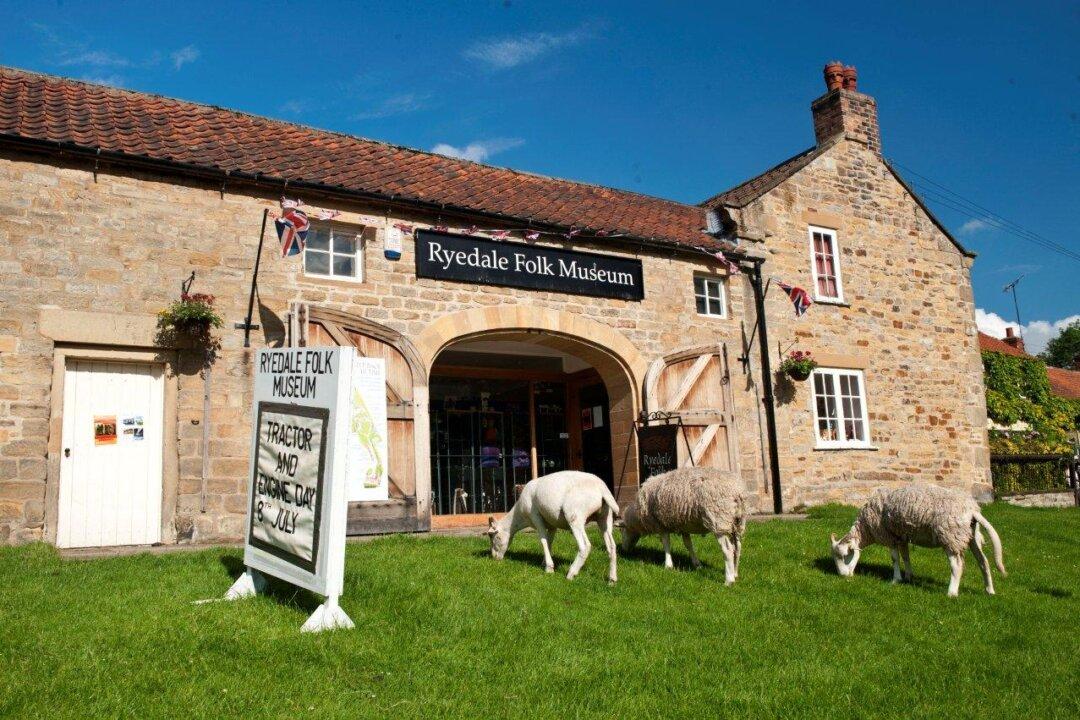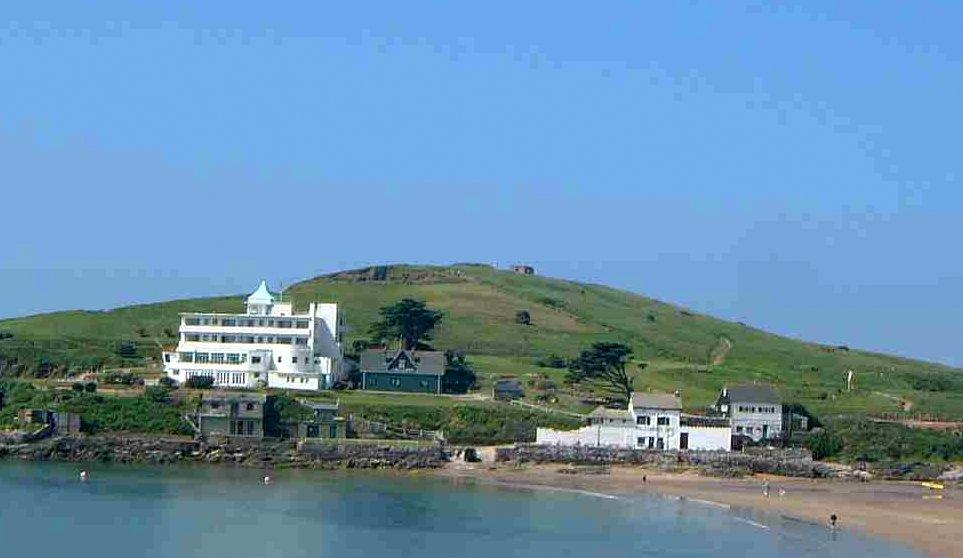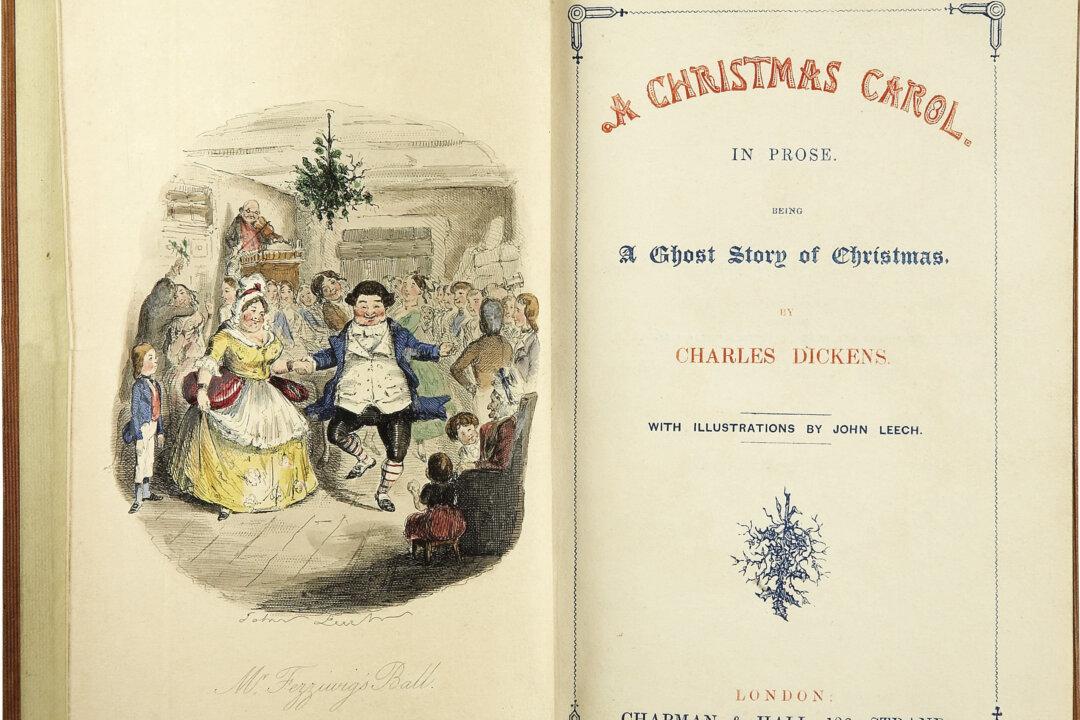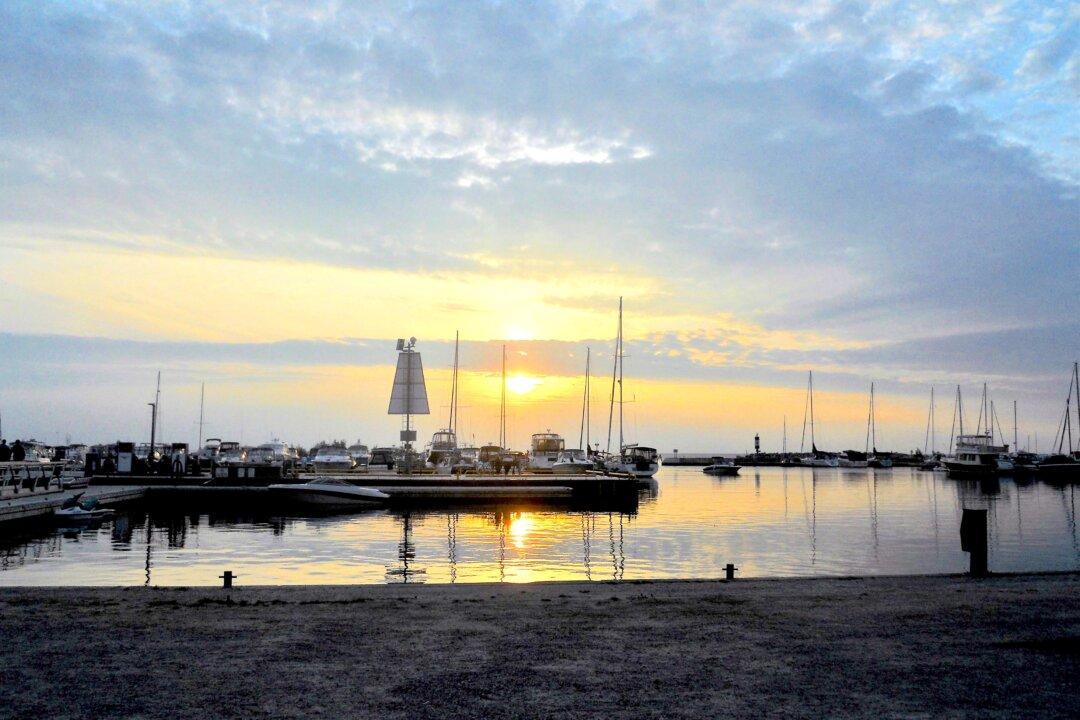My base was the Lastingham Grange Country House Hotel, in the village of Lastingham, at the edge of North York Moors National Park, home to most of the world’s heather. The same family has run the Grange for three generations, which began as a 17th century farmhouse. It now has a sun-drenched rose garden, and its interior is light, airy, and decorated in modern country florals.
Lastingham Grange has adapted to the modern world without losing quintessential English rural charm and character. I felt deliciously cut off from the world, never wanting to return to the outside. Afternoon tea, please!
Time has paused in Lastingham with its handful of streets, sandstone cottages, five holy wells, common green, and Norman church. The pub across from St. Mary’s Church was once owned and run by the vicar’s wife. Lastingham is the site of one of the earliest Christian communities in England. St. Mary’s Church, built around 1078, is said to stand on the site of a wooden Celtic monastery from around 654. The friary was the creation of St. Cedd, whose bones are thought to lie under the crypt altar.
St. Mary’s is cool, inviting, and restful. Its stained glass windows commemorate the local Ringer clan, one of whom, Dr. Sidney Ringer, invented saline solution in the 1880s. Mustn’t forget the murderer in the 1700s whose home is now a lane; shadows embrace many secrets here.
Over Moor and Down Dale
Down the road and over the Fairy Call Beck is the small village of Hutton-le-Hole. The main focus of Hutton has become the Ryedale Folk Museum, an open-air museum of reconstructed moorland village life from the Iron Age to the 1950s. Further afield, I’ve wandered the ruins of Pickering Castle, Helmsley Castle, and Byland Abbey. My favourite is Rievaulx Abbey. I love lying on the grass looking up at the sky through the delicate tracery of derelict windows.
A bit further is the site of Cawthorn Camp, where crow calls echo the ancient marching of Roman foot soldiers. The North York Moors are a walker’s paradise! There is nothing like the view from Blakey Ridge or Sutton Bank. I recommend Eden Camp, a museum set up in a World War II POW camp of 29 huts and three mess halls. Stand in hut three, “The U-boat Menace,” a mock-up of a German sub and listen to the torpedo coming ... and coming!
The bucolic name of Rosedale hides a legacy of ironstone mining. Ironstone was purified in massive kilns in Rosedale and transported to Whitby and Middlesbrough until the 1920s. The North Yorkshire Moors Railway is a steam railway that runs from Pickering to Goathland, Grosmont and Whitby.
Goathland is Aidensfield for “Heartbeat” viewers; its pub, shop, and garage go by their TV aliases during tourist season. Goathland station is also “Harry Potter’s” Hogsmeade station, and these trains are the same ones used in the Potter films. Grosmont is a 1952 British Rail station with engine sheds and a museum. I have seen the infamous Flying Scotsman and the Art Deco Sir Nigel Gresley! Nothing quite like the rumble of iron amidst smoke-scented steam.
Beside the Ceaseless Sea in Whitby
Northeast from Lastingham is Whitby, where the River Esk meets the North Sea. Here the air is heavy with the scent of salt, freshwater, and coal dust. Bouncing along green-grey waves peppered by resting black-faced terns, small fishing trawlers return through the ever-welcoming arms of piers. The raucous calls of seabirds fight for attention with the chatter of holidaymakers echoing from the beach and amusement arcades.
The port is flanked by two steep cliffs, each with a grand dame of architecture, and joined by a swing bridge from 1908. The west cliff is a series of genteel New Town streets. By the Captain Cook Memorial is the Royal Hotel, a stone dowager duchess full of faded refinement, whose stained glass windows speak of glorious bygone days. Nearby is the Pavilion, home to the local theatre, cinema and ballroom. My thrill was to listen to the music from the tea dances, while watching waves roll endlessly into shore.
The sands of Whitby stretch along the base of the west cliff. In summer, families go on donkey rides on the beach or relax in colourful beach huts along the promenade. The Lifeboat Museum commemorates the bravery of men who piloted rescue craft along this dangerous coast since 1802. All Whitby lifeboat men are volunteers, true heroes. Across from the museum is the west pier with its 1831 lighthouse, a favourite of mine.
The east cliff is an Old Town rabbit warren of red-roofed buildings, laced with ghauts (alleys). In Grape Lane is the Captain Cook Museum, housed in the 1688 home of the man Cook was apprenticed to. There is a small replica of one of Cook’s ships berthed nearby in the Esk. Whitby is noted for its jet jewellery shops, popular since Victorian times. Jet is fossilized monkey-puzzle tree. Go past the Market Hall to Henrietta Street and down to the windswept and wave-battered east pier; this pier is very much “at your own risk”.
In 656, Saint Hilda was the first head of the double priory located here. Whitby Abbey is famous for being the site of a synod that established the use of Roman church practices instead of Celtic. The original priory was sacked by the Vikings and rebuilt, only to suffer under the Dissolution of the Monasteries. The exhausting near vertical 199 steps reach to the ethereal ruins. Nearby, on the cliff edge, is St. Mary’s Parish Church, full of box pews that characterized the 1600s and 1700s.
And Vampyres...Naturally
One cannot mention Whitby and not mention Bram Stoker and vampires. The author stayed at a west cliff guesthouse from 1890 to 1896, where he learned that two teenage girls had once stayed there as well. He then heard about the wreck of the Dimitri under the east cliff, where locals claimed to have seen a blackshuck, a Yorkshire canine omen of impending death. In Whitby library he read about Vlad the Impaler. Everything merged in his mind and he penned his most famous work “Dracula.”
Everlastingness is a word I once saw in a Victorian tale. It is the most apt word I have to describe Lastingham, the North York Moors, and Whitby. For me it is the timeless serenity here that beckons. Sitting on the Tate Hill pier under the east cliff in the late afternoon sun, I was brought back to present time by an anomalous sight—a lawnmower sitting by the church.
Elissa Michele Zacher is a writer with publications in apt: the online literary magazine, The Northeast Poetry Journal, and in the Freedom Press, amongst others. Her poetry and articles are based on her travels, family, and observations.





